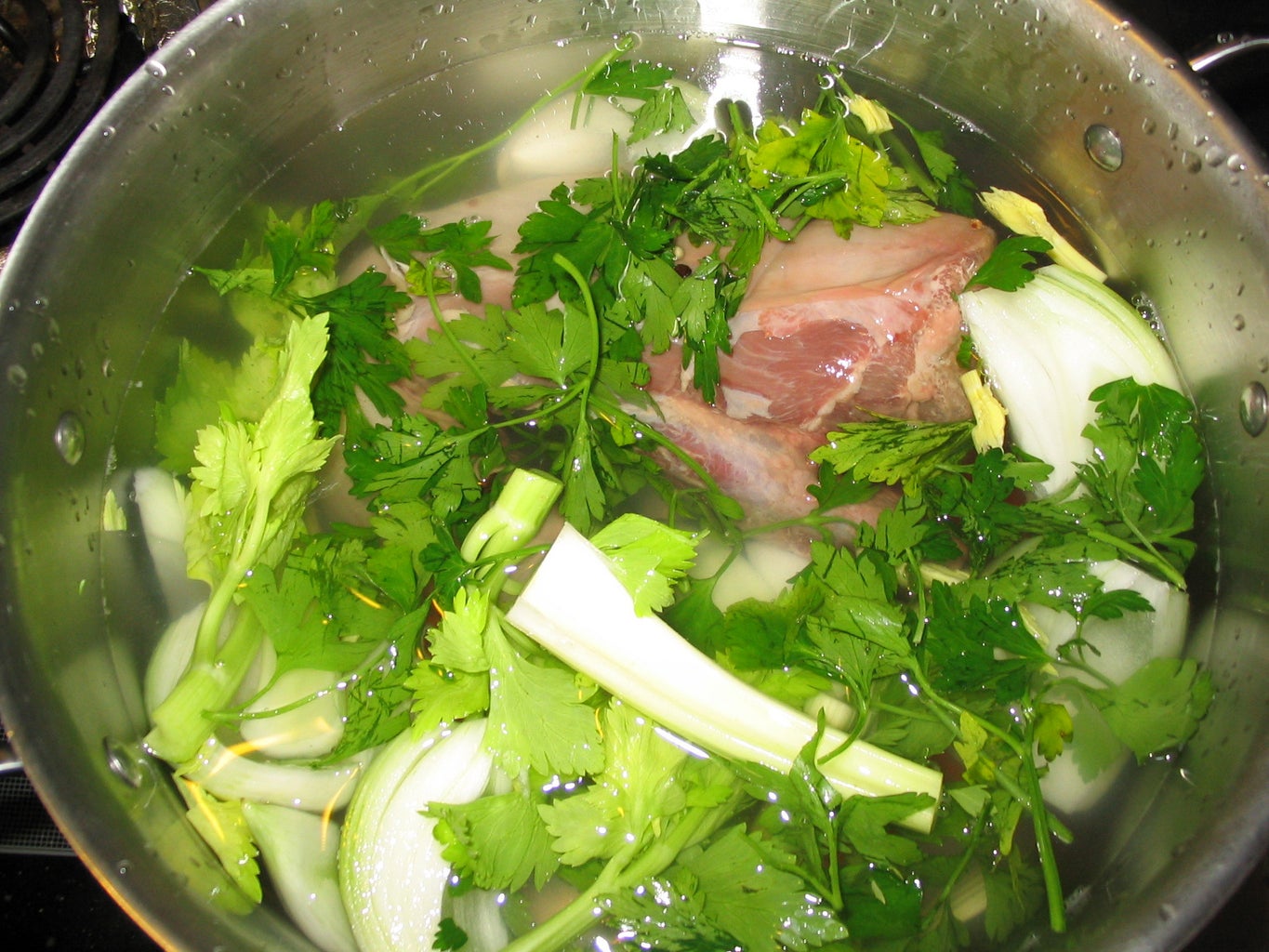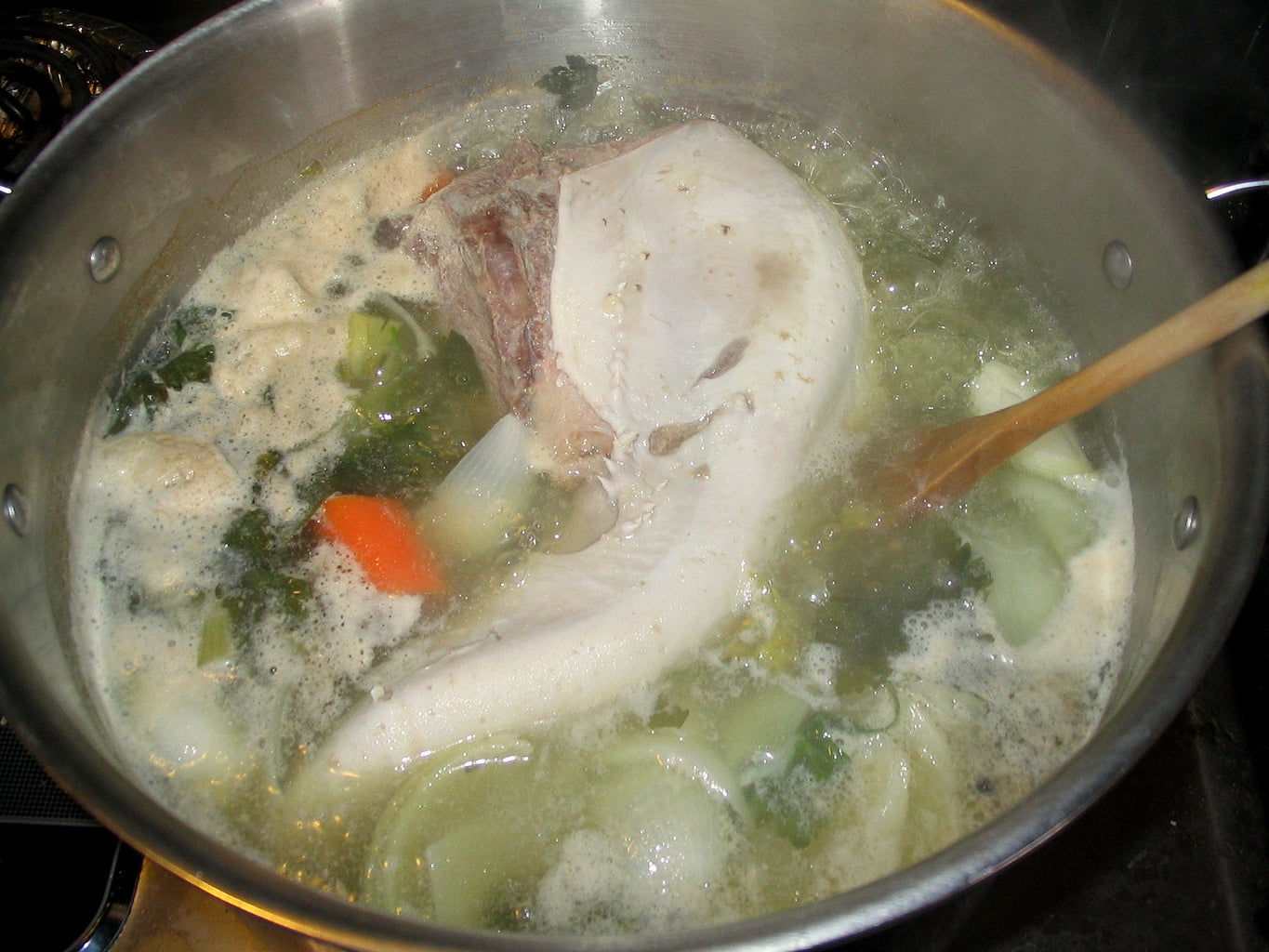Beef tongue can be an excellent source of protein and nutrients for dogs when prepared properly. The meat is dense and flavorful, providing a tasty treat that most dogs love. Follow these tips for selecting, cooking, and serving beef tongue to your furry friend
Choosing the Right Beef Tongue
When selecting a beef tongue to cook for your dog. keep these tips in mind
-
Buy fresh – Look for tongues with a fresh, moist surface without bruising or discoloration. Avoid any with an unpleasant odor.
-
Reputable source – Purchase from a trusted butcher or brand that follows safe handling practices.
-
Lean and meaty – Choose tongues that look plump and meaty without lots of excess fat.
-
Organic or grass-fed – Opt for the highest quality you can find to maximize nutritional value
-
Appropriate size – Pick a tongue size suitable for your dog. Bigger tongues can be cut into smaller pieces.
Preparing the Beef Tongue
Before cooking, take these steps to prepare the raw beef tongue:
-
Rinse thoroughly – Give the tongue a good rinse under cool running water to remove any debris.
-
Trim excess fat – Use a sharp knife to trim off any large pieces of external fat.
-
Remove skin – Peel off the thick outer skin membrane for easier chewing.
-
Cut into chunks – For smaller dogs, slice large tongues into smaller chunks before cooking.
Cooking Methods for Beef Tongue
Two easy cooking methods work great for preparing beef tongue for dogs:
Boiling
-
Place tongue in a pot and cover with water.
-
Bring to a boil then reduce heat and simmer for 1-2 hours until very tender.
-
Tongue is done when it shreds easily with a fork.
Pressure Cooking
-
Add tongue to pressure cooker and cover with broth or water.
-
Cook at high pressure for 1-1 1/2 hours depending on size.
-
Allow pressure to release naturally before checking doneness.
Tips for Cooking Beef Tongue
Follow these tips regardless of cooking method:
-
Submerge completely – Keep the tongue fully covered in liquid during cooking.
-
Cook thoroughly – Cook until very fork-tender to kill bacteria and tenderize.
-
Natural release – If using a pressure cooker, allow pressure to come down naturally.
-
Check doneness – Test by shredding a piece. Tongue should shred very easily when done.
-
Flavor the liquid – For extra flavor, use beef broth instead of water.
Serving Beef Tongue Safely
Once cooked, use these tips to safely serve beef tongue to your dog:
-
Cool completely – Let tongue cool to room temperature before serving to avoid burns.
-
Cut small pieces – Dice into bite-size chunks suitable for your dog’s size.
-
Remove bones/gristle – Take out any hard pieces that could pose a choking risk.
-
Introduce slowly – Start with small portions to avoid digestive upset.
-
Store properly – Refrigerate any leftovers promptly and use within 3 days.
Amazing Additional Recipes
Want to try more beef tongue recipes for your dog? Consider these tasty options:
-
Shredded Tongue and Rice – Mix shredded tongue with brown rice, carrots, and broth.
-
Tongue Pâté – Purée cooked tongue in a food processor with chicken livers and broth.
-
Beef and Tongue Stew – Simmer tongue with beef, veggies, and spices in stew.
-
Tongue Meatballs – Make bite-size meatballs with ground tongue, oats, and eggs.
-
Dehydrated Tongue Treats – Slice cooked tongue thin and dehydrate into chewy strips.
Benefits of Feeding Beef Tongue
Adding beef tongue to your dog’s diet can provide:
-
Muscle-building protein – Tongue is very high in protein to support muscle growth.
-
Key nutrients – Full of iron, zinc, selenium, choline, and vitamins.
-
Natural glucosamine – Contains high levels to support joint health.
-
Healthy fats – Provides energy-rich fats when fed moderately.
-
Flavor variety – Offers a tasty new flavor and texture.
Is Beef Tongue Safe for Dogs?
Beef tongue is safe for most dogs in moderation. Consider these precautions:
-
Introduce new proteins slowly to watch for allergies.
-
Feed tongue in balance with other foods.
-
Prevent choking by dicing tongue into small pieces.
-
Monitor stool for digestive upset when transitioning foods.
-
Consult your vet before significantly changing your dog’s diet.
With proper selection, preparation, and service, beef tongue can be a nutritious and delicious special treat for your dog to enjoy! Follow these tips to safely feed this healthy, protein-packed menu addition.

Step 1: Acquire Tongue

For quite a while Ive been having a stare-down with the tongue on display in the butchers section of my grocery store. Im a big proponent of the use all parts of the buffalo philosophy of meat-eating, and felt guilty that not only was I unsure how to cook tongue, I had no idea what it tasted like. Worse, due to my deficient cultural upbringing it looked, well, a bit icky. That prejudice clearly needed to be overcome to maintain a consistent ethical carnivore philosophy. This week I finally bit the bullet and purchased a 2.5lb beef tongue. After a read through the 70s and 90s editions of the Joy of Cooking and some web research, every recipe instructed me to boil the tongue for several hours before either serving it directly or in a strongly-flavored sauce. This seemed like a throwback to my grandmothers generation, but for lack of another plan I decided to try it for my first go. Thus, this Instructable was prepared in accordance with the Joys recipe for boiling fresh beef tongue. As you can probably tell, it came folded in half and wrapped with a piece of string. I untied it, gave it a quick rinse (youre supposed to give it a good scrubbing if it looks grimy), and dropped it in a large 8qt pot. It still doesnt look particularly attractive, does it?
Step 2: Add Veggies

Add the following vegetables to the pot: 2 sliced onions, 1 chunked large carrot, 3 or more celery stalks with leaves, 6 sprigs of parsley, and 8 peppercorns (those numbers seem a little off, don’t they? I wasn’t kidding. Who knows how many peppercorns ended up in my pot. ) Cover the ingredients with water.


Bring to a boil, and simmer ~3 hours (uncovered) until tongue is tender. I let mine go for more like 3. Five hours, adding more water as needed and flipping the tongue every so often. After five hours, I turned off the pot and didn’t touch it again until about an hour later. While it was boiling, the tongue turned a scary white color, like skin does when it’s wet. Then, as it cooled and dried out, the exposed parts turned brown. It looked a bit too much like an anatomical cross-section, which wasnt encouraging.
Beef Tongue for Your Dog – Simply Home made with Chef Dee & ‘Beep’
FAQ
Is beef tongue good for dogs?
How to cook beef tongue for dog treats?
Do you peel beef tongue before or after cooking?
How do you cook beef tongue for a dog?
Cooking beef tongue for your dog is a simple and easy process that requires minimal preparation. To start, fill a large pot halfway with water and add the beef tongue. It’s important to add a pinch of salt to the water to provide flavor to the tongue. Allow the beef tongue to simmer for 2 to 3 hours until it’s fully cooked.
What is the home remedy for burning tongue?
The home remedies for burning tongue are drinking cold drinks, eating soft cold food, sucking on ice chips, and eating ice creams. It will mostly heal within a week. Another treatment is taking pain reliever medicines like Nonsteroidal anti-inflammatory drugs.
Why do dogs eat beef tongue?
Dogs love the taste of beef tongue the way they love other meat. A tongue is rich in proteins, zinc, iron, choline, calories, fatty acids, and vitamin B12. It is considered healthier for dogs because beef tongue contains 20 percent less fat than other beef products.
How much beef tongue should a dog eat a day?
As a general rule, beef tongue should not make up more than 20% of your pet’s daily diet. Beef tongue is a highly nutritious treat that provides a range of health benefits for dogs. It is rich in protein, zinc, iron, choline, calories, fatty acids, and vitamin B12. These essential nutrients help to support your dog’s overall health and wellbeing.
